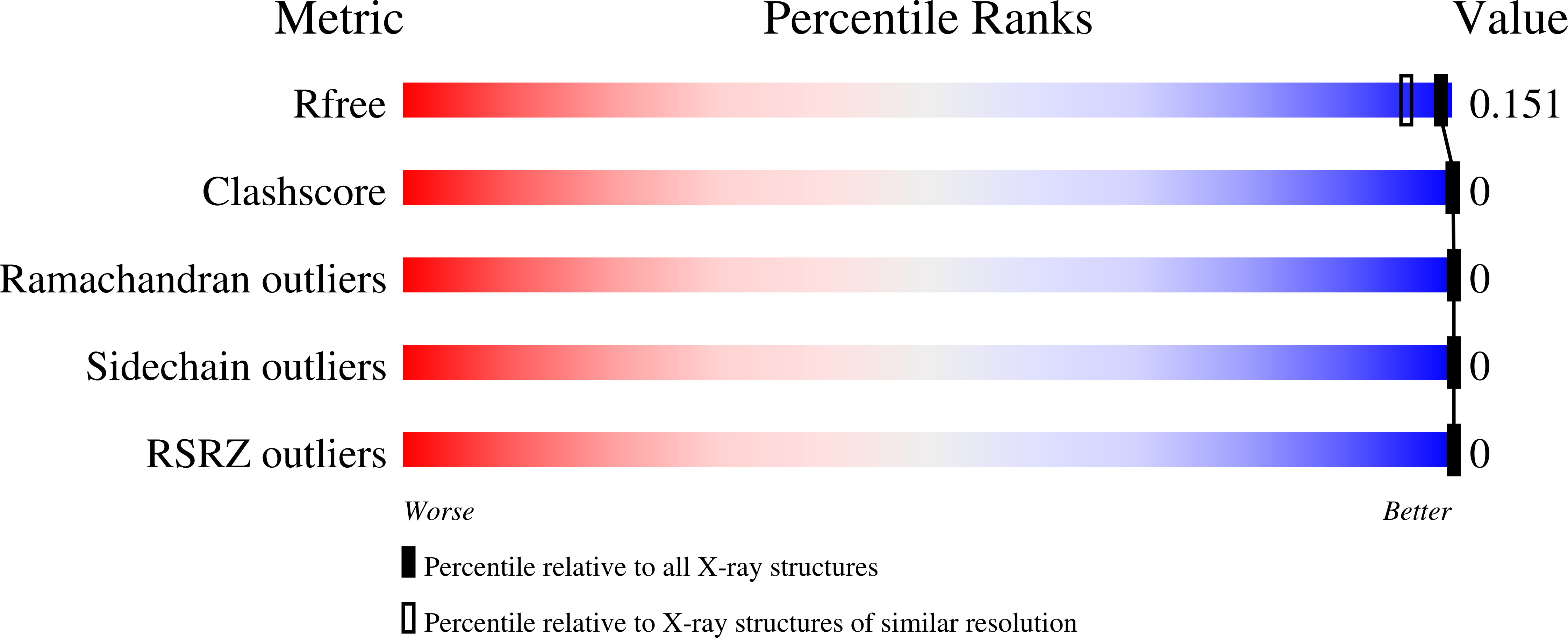
Deposition Date
2022-08-05
Release Date
2023-08-02
Last Version Date
2024-06-19
Entry Detail
PDB ID:
8ANI
Keywords:
Title:
Structure of the amyloid-forming peptide LYIQWL from Tc5b, grown from 10% ethanol
Biological Source:
Source Organism:
synthetic construct (Taxon ID: 32630)
Method Details:
Experimental Method:
Resolution:
1.35 Å
R-Value Free:
0.15
R-Value Work:
0.11
R-Value Observed:
0.11
Space Group:
P 1 21 1


